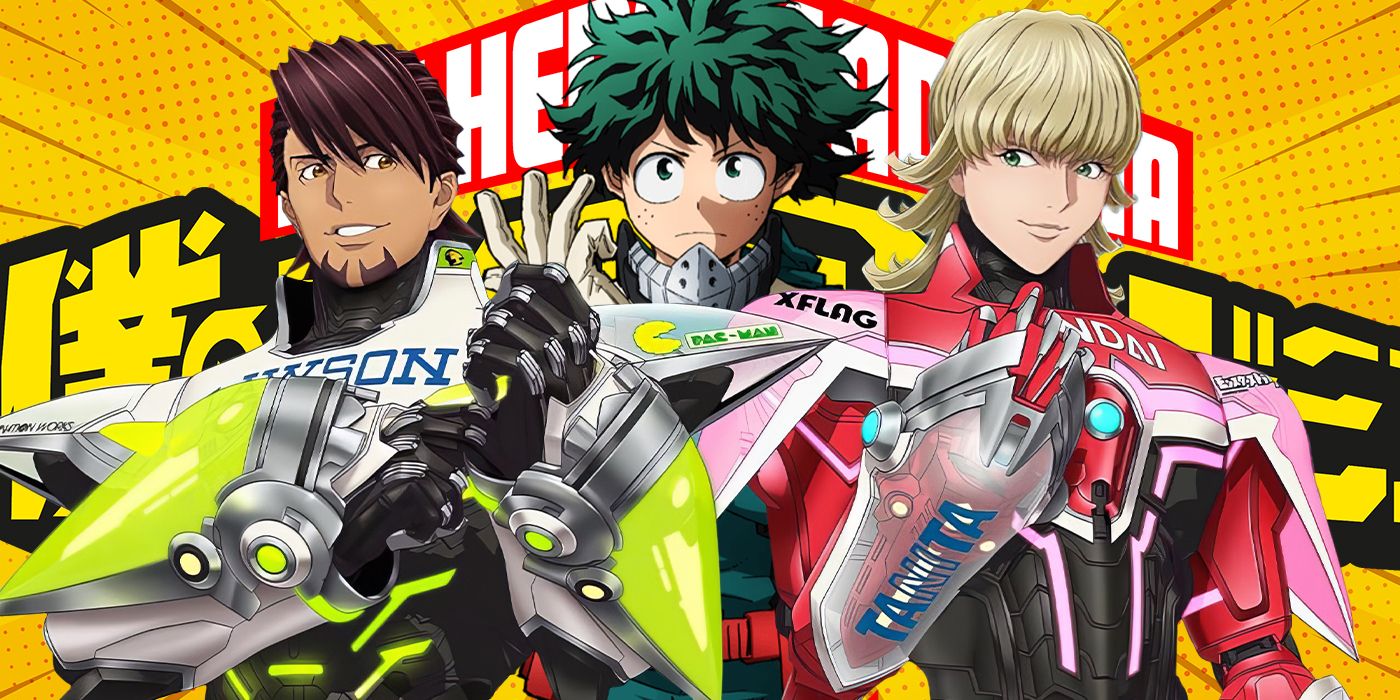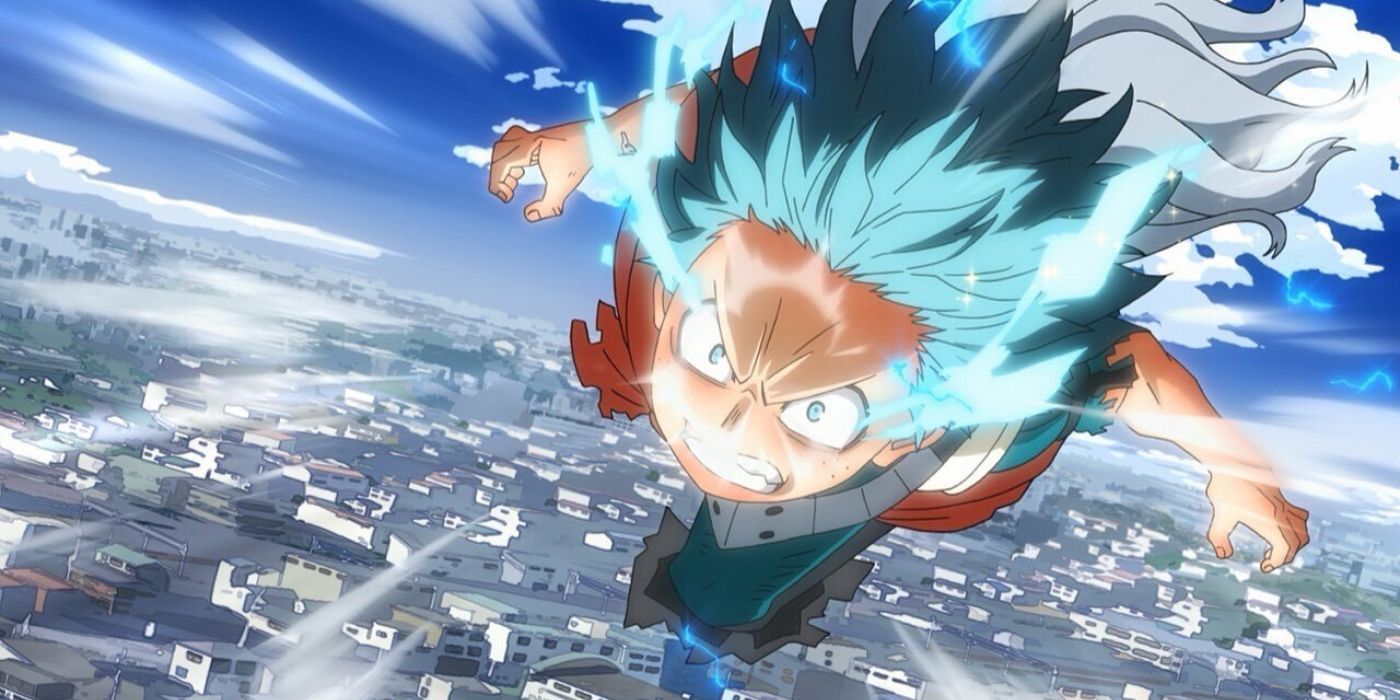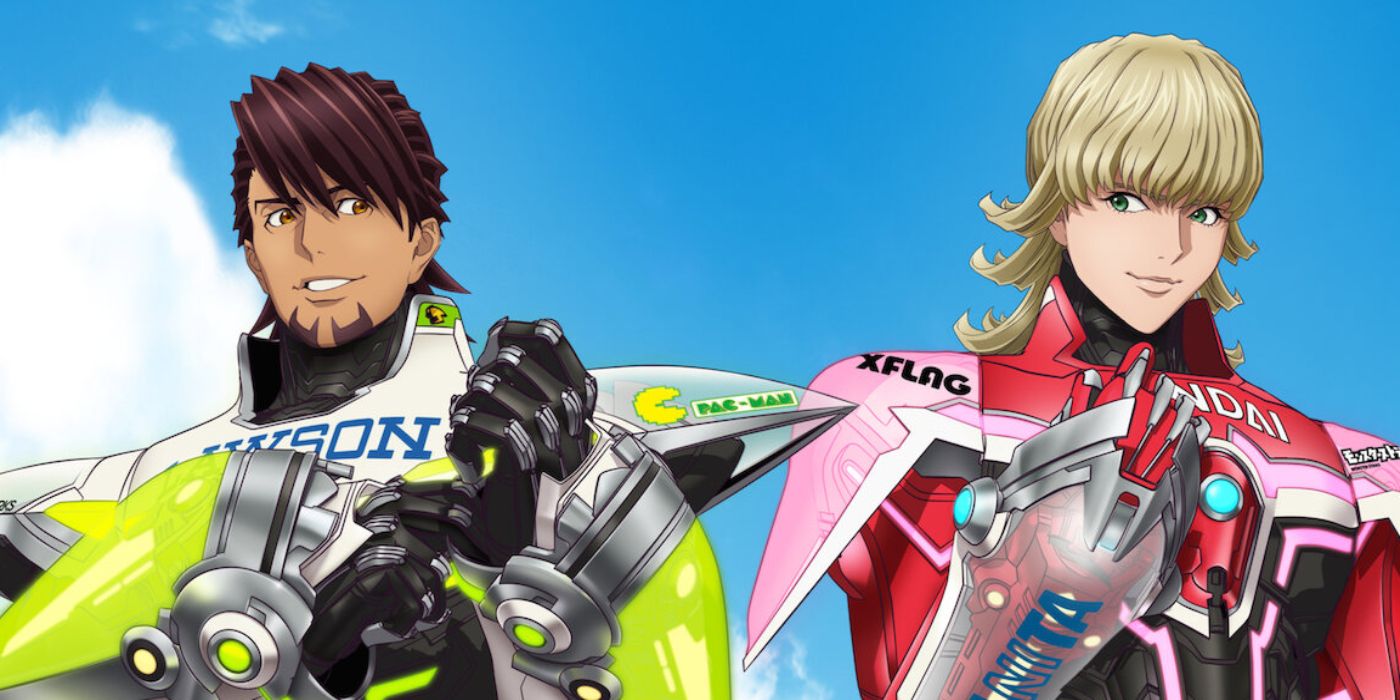
My Hero Academia has grown to become one of the most popular animes in the world. When it first aired in 2016, it was impossible to predict the popularity the series would receive — after all, many series don’t strike it so lucky right off the bat. Now, though, it’s in its seventh season, with three (soon to be four) films and a handful of video games under its belt, and there are no signs of the series slowing down. It’s as popular as ever, but as with all popular things, it gets constantly analyzed and compared to the series that came before it. In this case, the predecessor in question is 2011’s Tiger & Bunny. While My Hero Academia definitely has its strong points, such as having a broad cast of interesting characters, an intriguing overarching villain, and some visually stunning fight scenes, a lot of these things are found, and done far better, in Tiger & Bunny.
These two animes are far from the same, however. My Hero Academia’s world is fundamentally different; having superpowers, called Quirks, is the norm, while being powerless equates to being looked down on. Tiger & Bunny, on the other hand, shows that people with superpowers, in this universe deemed NEXT, are far from the norm, and in fact they are often ostracized. In the anime’s second season, those with NEXT abilities are sent to containment areas during a scare where NEXT are deemed to be becoming aggressive. The two series show different societies, which drastically impacts the way heroism is viewed in the narrative.
Heroism is far less dramatized in My Hero Academia than it is in Tiger & Bunny. While My Hero Academia shows that some heroes do enjoy press attention and that things like the Sports Festival are broadcasted for entertainment, actual heroics don’t run on a schedule and things aren’t manipulated for audience entertainment. This makes sense given that Quirk users are commonplace in the world, and heroes are regarded as a type of first responder in most cases. Tiger & Bunny, though, focuses on the commercialization of heroism as a theme and takes place in a world where heroes provide entertainment through HeroTV, which televises and manipulates battles for a reality TV-like effect. While they are still saving people and being superheroes, a large portion of their job revolves around press and sponsorships. Since NEXT are often seen as scary, this kind of heroism is also meant to sway the public opinion of NEXT, though we’re also shown that just like the actual media, things can be turned to fit any narrative.
Another major difference is the target demographic of these animes. Tiger & Bunny is considered seinen, which targets 18-40-year-old males. This can be seen in the fact that almost all the main cast are adults, and the focal characters, Kotetsu and Barnaby, are 34 and 23, respectively. Seinen usually deals with more mature themes than shounen, which is the demographic for My Hero Academia. Shounen series are meant for a younger audience of anywhere between 9 and 18, and they may not deal with darker themes, choosing instead to focus more on values than seinen.
‘My Hero Academia’s Development Suffers in Comparison
One of My Hero Academia’s strengths is its cast. Class 1-A in particular is full of different personalities and for the most part, each character gets a little opportunity to shine. We get to see a lot of interaction between different characters, some conflicting ideas and motivations, and some growth, especially with the series’ protagonist, Izuku. However, some characters that were important in the beginning have since faded into obscurity, despite their close connection with Izuku, the focal point of the anime. A good example of this is Tenya, who is consistently referred to as one of Izuku’s closest and most trusted friends, but after the defeat of Stain, became more of a side character and showed little development. However, a better example might be Yuga, who is eventually revealed to be the traitor sabotaging UA. There’s little build up to this reveal, as Yuga doesn’t really get a spotlight throughout the series, and there’s little reason for anyone to care about what he did or why, even though it was for sympathetic reasons. The lack of development is ultimately a detriment to the story in this sense.
The issue is that My Hero Academia has too many characters to focus on, and can’t juggle them all. This sometimes leads to poor development, not only of the characters, but the plot. Tiger & Bunny, for the most part, avoids this problem. Its cast is also full of interesting characters with a multitude of motivations and ideas, yet most of them receive a good amount of development, with specific episodes or plot lines being dedicated solely to them with Kotetsu and Barnaby there to support them. However, the cast is far smaller, with roughly 12 essential characters that are seen consistently throughout the series. The characters are shown to each have their own connections with one another, and the anime asks you to care about each character.
A good point of comparison here is with each series’ betrayal plot. My Hero Academia’s betrayal plot, as mentioned earlier, centered around Yuga and made little narrative sense. More importantly, though, it had little audience impact. Yuga received little attention or development that made the audience care about him, his story, or his motivations, and he had no significant connections with the main cast that would have made the betrayal more impactful. However, Tiger & Bunny’s betrayal plot centered around Albert Maverick, someone extremely close to a main character — Barnaby — and instrumental in the creation and execution of the HeroTV system. The reveal of Albert’s betrayal was impactful despite being in the shadows like Yuga because he mattered narratively. He was important to Barnaby, had connections to the series’ overarching antagonist, Ouroboros, and seeds were planted about his intentions throughout the anime. While its development is absolutely not without flaws, Tiger & Bunny has a better handle on its characters and the story it wants to tell than My Hero Academia does. It also manages to do it in far less time without feeling overwhelming.
’Tiger & Bunny’s Pace Allows Its Characters To Shine
That’s perhaps the biggest thing Tiger & Bunny gets right that My Hero Academia gets wrong. Tiger & Bunny is rather well paced — the story covers roughly four years, with a handful of major events happening in each season, and roughly one major event per movie. While that may seem slow, the anime is rather fast-paced and the audience is given plenty of space to breathe during the arcs. There are lighthearted moments and smaller altercations that help other plot lines along, introduce the series’ themes, and explore the characters.
By comparison, My Hero Academia’s pacing is absolutely breakneck. The story so far has taken place over roughly two years, and it feels like every major event happens one right after the next. There are very few breaks in between to foster development of the characters, see the impact of these big events on them, or set up the next event. Because of this, sometimes My Hero Academia feels exhausting. It feels like there are too many plot lines with little pay off. However, Tiger & Bunny manages to do this without overwhelming the audience. The series knows it’s important to pace itself and show the impact of its big events, like Kotetsu’s powers diminishing or Barnaby finding out the truth about his parents’ death. There’s still plenty of action and excitement, but it comes in smaller intervals, and it makes things more impactful. It’s a lesson that would be nice to see My Hero Academia learn from.
This isn’t to say that My Hero Academia is a bad series, or that Tiger & Bunny is a perfect one. In terms of superhero media, they fulfill different roles for different audiences, and tell different stories with different themes. However, Tiger & Bunny’s character and plot development and pacing are often leagues above My Hero Academia’s, and that ultimately makes Tiger & Bunny’s story more impactful — even if it’s not as popular as My Hero Academia’s.
The Big Picture
- Tiger & Bunny and My Hero Academia have different societal settings that shape the way heroism is portrayed and viewed in the narratives.
- My Hero Academia focuses less on the commercialization of heroism compared to Tiger & Bunny, which emphasizes the entertainment aspect through televised battles.
- Tiger & Bunny has better character and plot development, as well as a more well-paced narrative, making its story more impactful than My Hero Academia.
Denial of responsibility! TechCodex is an automatic aggregator of the all world’s media. In each content, the hyperlink to the primary source is specified. All trademarks belong to their rightful owners, and all materials to their authors. For any complaint, please reach us at – [email protected]. We will take necessary action within 24 hours.
Khushi Patel is a science fiction author who lives in Austin, Texas. She has published three novels, and her work has been praised for its originality and imagination. Khushi is a graduate of Rice University, and she has worked as a software engineer. She is a member of the Science Fiction Writers of America, and her books have been nominated for several awards.



